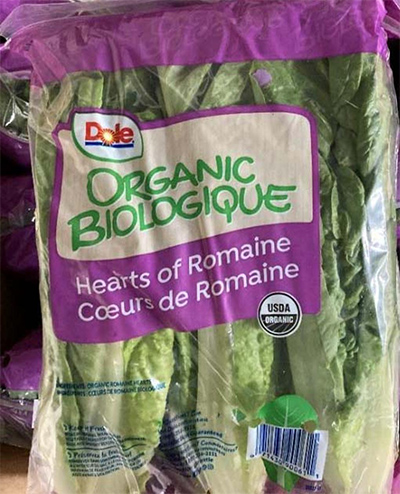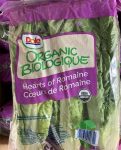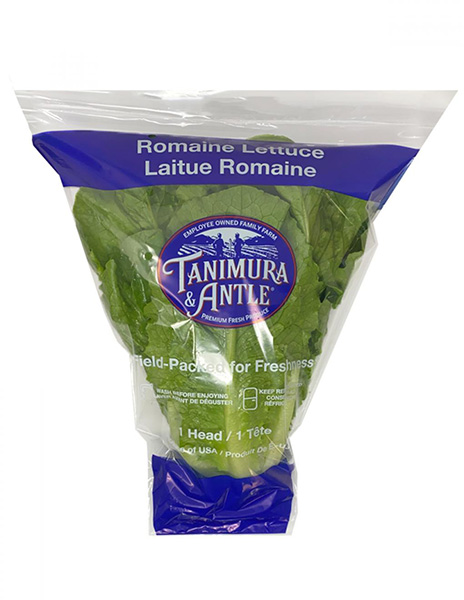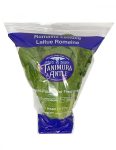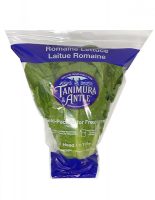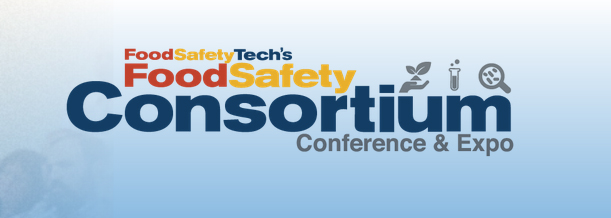The pandemic has heightened the need for a new hygiene standard at food manufacturing sites. On August 19, OSHA and FDA released a health and hygiene checklist for food manufacturers to increase employee safety and help mitigate the spread of COVID-19 at sites. This checklist reinforces the importance of elevating hygiene standards, but it can be difficult to know where to start—especially for food manufacturers aiming to maintain productivity while maximizing hygiene compliance and safety.
For food manufacturers seeking to navigate OSHA and FDA’s new guide, it’s important to remember that no matter the environment, the basics of hygiene remain true. You can kick-start your updated hygiene plan by implementing simple hygiene best practices and establishing comprehensive and clear protocols to achieve compliance on the road ahead. Remember, employee health and productivity begins with a safety-first mindset. Start by establishing a strong foundation with these tips that will help you maintain your food manufacturing site’s hygiene checklist amid COVID-19 and beyond.
Achieve Hand Hygiene Compliance
Hands are the most exposed part of the body to pathogens. Therefore, hand hygiene is considered one of the most important and effective measures to avoid the transmission of harmful pathogens, viruses and diseases. Given this, consistent and proper handwashing is a fundamental aspect of any hygiene plan, especially in food manufacturing sites where employees frequently touch common surfaces (e.g., door handles, technical equipment, etc.) . People often (and unknowingly) touch their eyes, nose and mouth after touching contaminated surfaces, which contributes to potential transmission.
Hand hygiene is proven to be a primary line of defense in stopping the spread of COVID-19 and other pathogens, but only when conducted properly. To maintain hand hygiene compliance, the CDC advises that employees thoroughly wash their hands with soap and water, under warm or cold water for at least 20 seconds, before properly drying their hands with a paper towel. All too often, people forget the importance of hand drying in the handwashing process, but it’s very significant as hand drying can help remove any remaining germs from the skin. In addition, germs can be transferred more easily to and from wet hands, which makes hand drying critical after a thorough handwashing.
Utilize Signage as Visual Cues
While many are familiar with the importance of hand hygiene, it can be difficult to put into practice when employees are busy on the job and forging ahead on production lines. Keep hand hygiene top of mind by utilizing visual cues, such as signage, to remind employees about when, where and how to wash their hands properly. Signage serves as visual reminders to achieve proper hand hygiene compliance and is an important part of establishing a site’s hygiene standard and foundation.
Opt for signage that includes a direct call to action for employees. Using the word “you” can also increase efficacy by calling directly upon the person reading the sign to participate in hand hygiene compliance. Additionally, signage should be updated frequently to keep employees engaged and hand hygiene top of mind. New and fresh reminders on the importance of handwashing will help keep employees attentive, but if you don’t have the time or resources to continually update on-site signage, leverage free tools available online to help you get started.
Establish Surface Cleaning Protocols without Sacrificing Productivity
COVID-19 can spread from surface-to-person contact. This can happen when an employee carrying the virus touches technical equipment on a production line that is not properly wiped down before the next employee’s shift. With this in mind, it’s critical to establish effective surface cleaning protocols that mitigate instances of cross-contamination and don’t create downtime in production or processing.
To create an efficient surface hygiene plan, assess high-touch areas, and develop a list based on where you observe high-touch surfaces to ensure these areas are properly sanitized ahead of shift changes. Provide employees with the surface cleaning checklist that enables them to effectively sanitize surfaces prior to departing their shift. The checklist should include key areas that must be disinfected, as well as tips to properly disinfect surfaces.
When disinfecting surfaces, use an approved disinfectant and a disposable cloth, which ensures the surface is being wiped down with a non-contaminated wiper each time. If using an alcohol-based product, use one with a minimum of 70% alcohol (i.e., Ethanol or Isopropyl alcohol), and always follow the manufacturer’s application guidelines.
Optimize Sanitization Stations and Dispenser Placement
Think strategically and practically about dispenser placement in food manufacturing sites because where sanitizer dispensers are placed makes a difference in whether they are used by employees. Similar to establishing surface cleaning protocols, start by observing where high-traffic areas are on site, and consider critical entry and exit points that would benefit from a dispenser. Dispensers should also be placed in clear view, so they are easily accessible for employees. Consider pairing signage with dispensers as a helpful reminder to utilize these stations and provide instruction on best practices to sanitize effectively.
Optimizing dispenser placement doesn’t stop with implementation. Once dispensers are in place, continue to monitor where dispensers are most frequently used, and assess other areas prime for dispensers. Remember: Employee hygiene and safety is a priority, and optimally placing dispensers and hygiene solutions where they are needed to encourage use is key to creating a safer environment. Place dispensers in areas such as common spaces, near production lines, in locker rooms, and at entrances and exits in order to encourage regular surface cleaning and hand washing. Flexible mounting solutions and portable solutions can facilitate access in harsher environments. The availability of hygiene products encourages their use, so be sure to keep dispensers fully stocked.
Promote Awareness among Employees and Instill Confidence
It’s more important than ever to build employee trust and confidence. As the saying goes, knowledge is power. Communicate frequently with employees and distribute guidelines around COVID-19 so that they understand the measures being introduced and how you will continually monitor your environment. Consider implementing COVID-19-specific training and education sessions that empower employees to ask questions about hygiene and safety measures on site, and provide essential instruction on COVID-19 and what to do if a case is confirmed among employees. These sessions can also be used to provide further education and emphasis on how individuals can maintain hygiene compliance for the greater good of the manufacturing site and their colleagues.
In the current environment, it’s clear that food manufacturers must secure a new hygiene standard to maintain employee health and safety and continue to deliver essential products. But with ongoing shifts, changes and uncertainty, it can be challenging to juggle operations and hygiene compliance—while instilling trust and confidence among employees. Whether a site is continuing, resuming or re-evaluating operations amid the current pandemic, it is critical to maintain a strong foundation for hygiene, so that employees are safe and essential production moves ahead.

